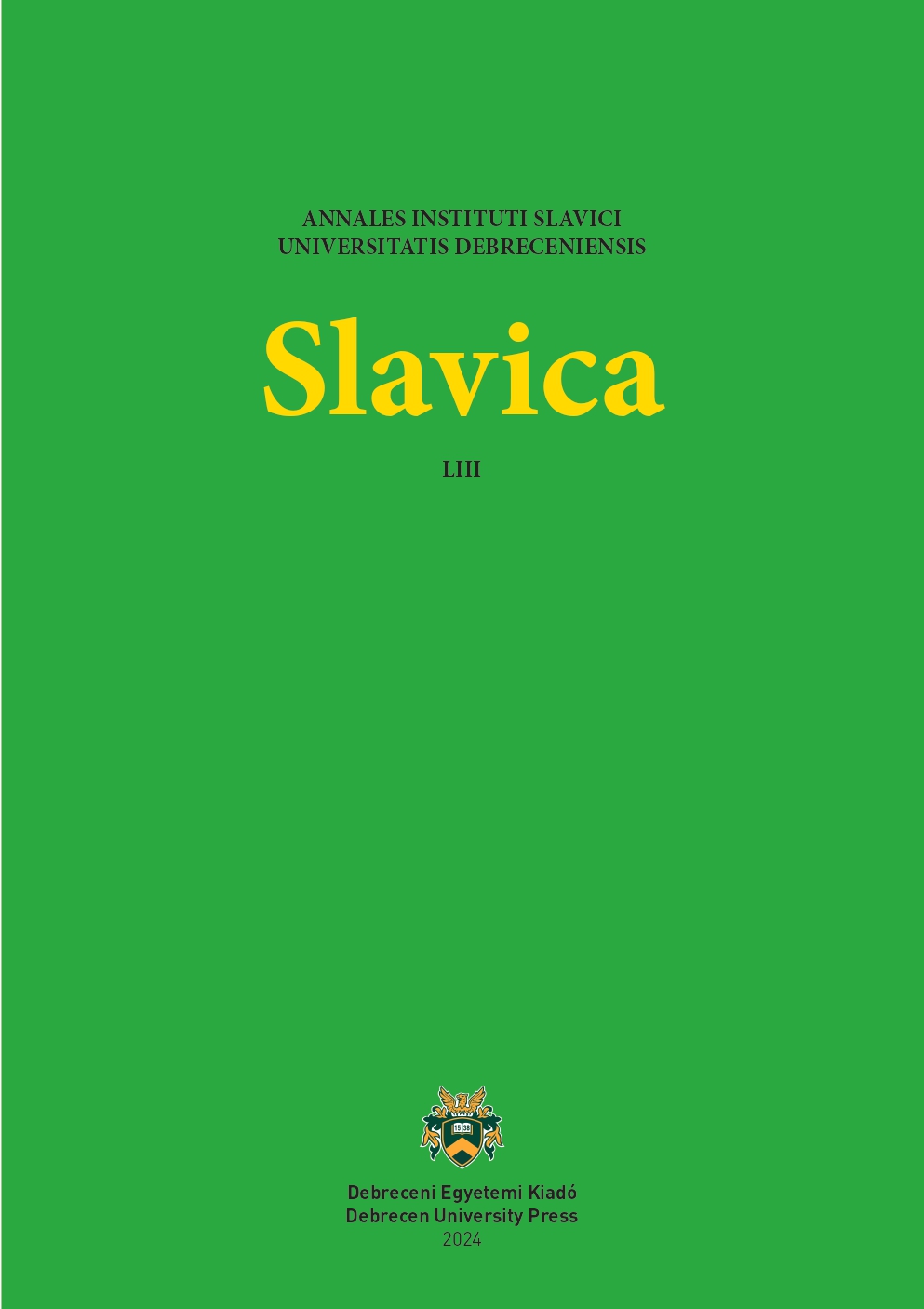Boldino as a carnival topos in the film “Guard Me, My Talisman” (1986) (Preliminary Notes)
Author
View
Keywords
License
Copyright (c) 2024 Slavica

This work is licensed under a Creative Commons Attribution-NonCommercial 4.0 International License.
This is an open access article distributed under the terms of the Creative Commons Attribution License (CC BY-NC 4.0), which permits unrestricted use, distribution, and reproduction in any medium, provided the original author and source are credited.
How To Cite
Abstract
The paper attempts to interpret the Boldino topos in the film directed by Roman Balayan “Guard Me, My Talisman” (1986). It discusses the main tendencies in the reception of the Pushkin myth in Soviet culture in the period from the 1960s to the 1980s – the neoromantic attitude to Pushkin’s personality and works in the texts of the “sixtiers”, the transformations of the myth in documentary cinema, and dissident literature over the next two decades. It examines the elements of cinema poetics of the time of “stagnation” and the cinema of Perestroika in the artistic structure of the film. The carnival character of the Boldino topos in the film is traced on several levels: the resemanticization of the “Paradise” topos, the discreditation of the social hierarchy and eclecticism of poetic texts, functions of the carnival dress-up, and deviance as an ostensible feature of the characters.

 https://doi.org/10.31034/053.2024.02
https://doi.org/10.31034/053.2024.02